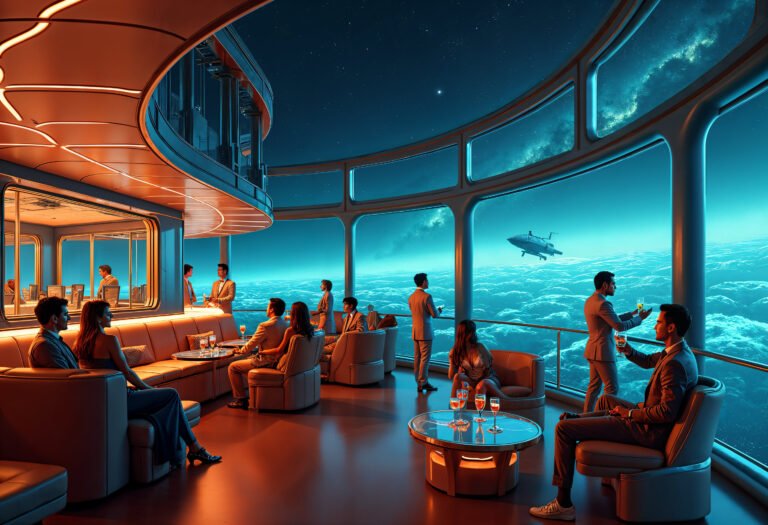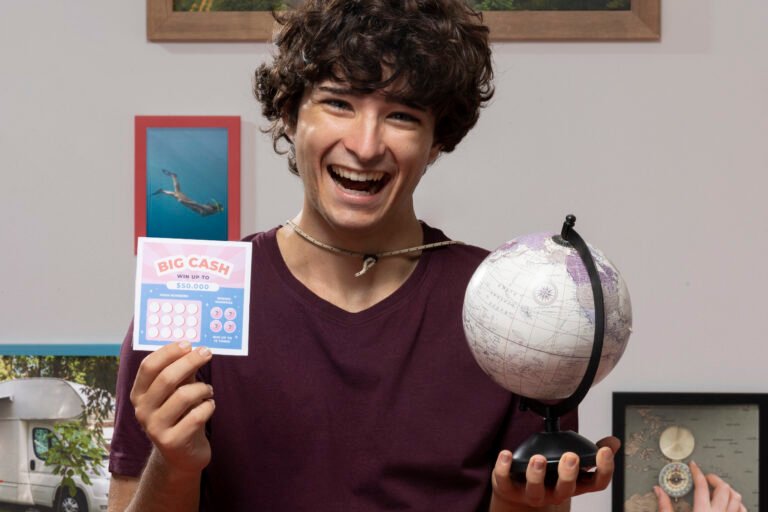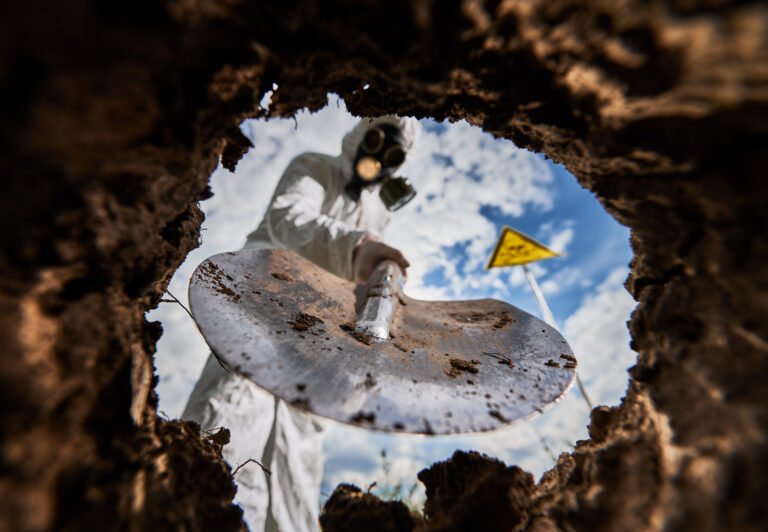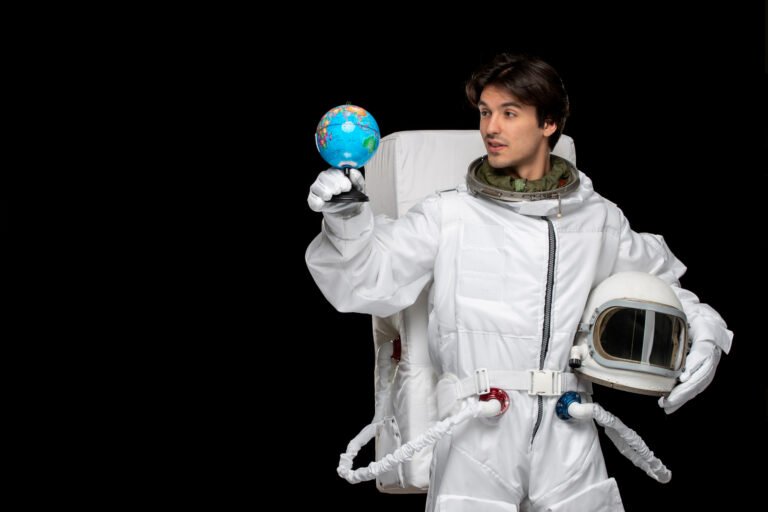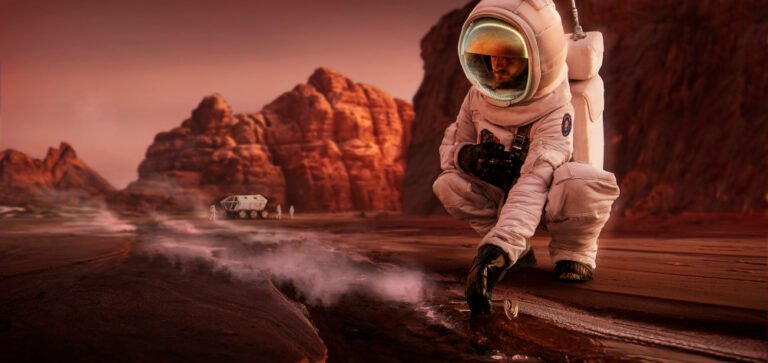The Ultimate Guide to Zero-Gravity Flights for Beginners
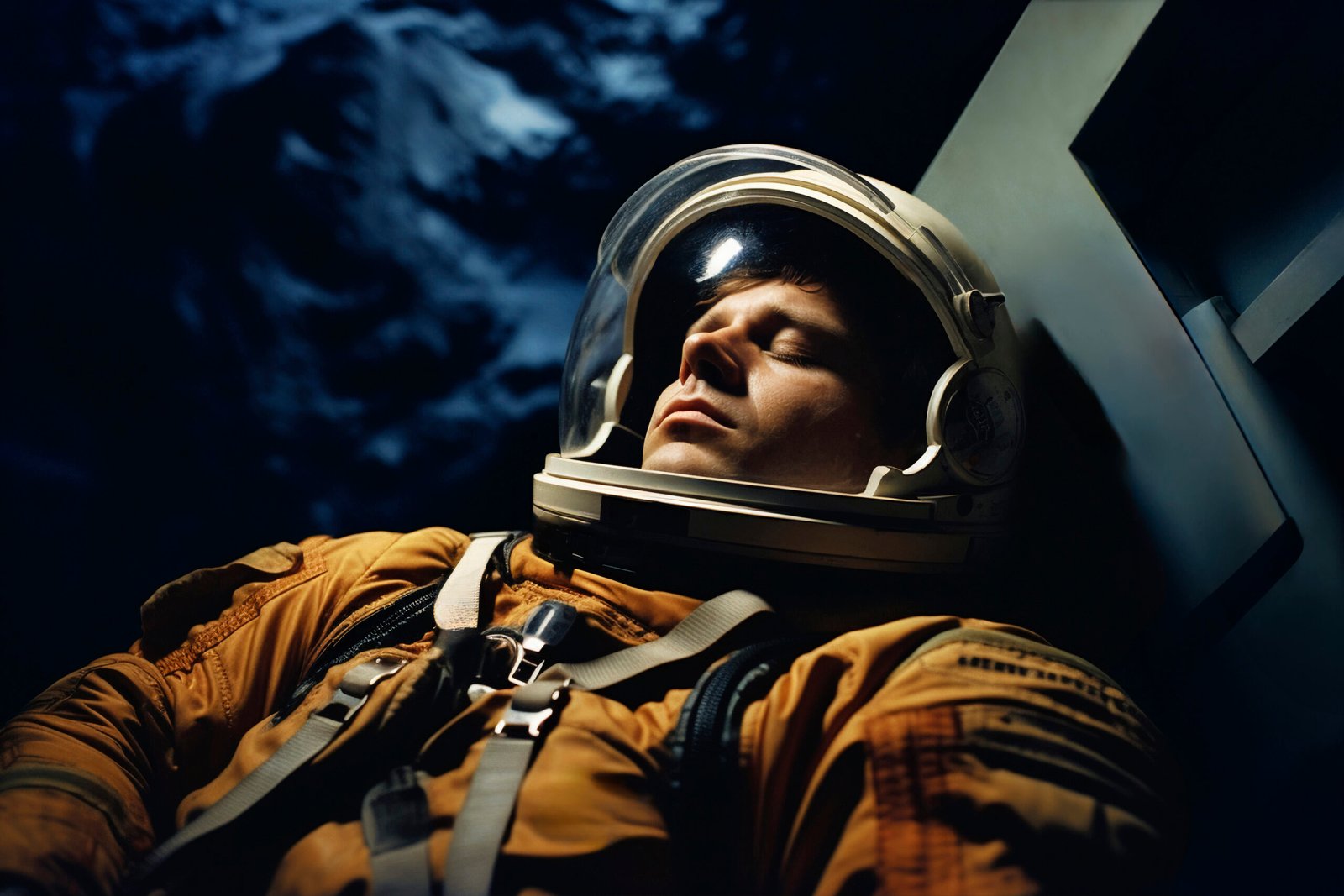
If you’ve ever dreamed of floating like an astronaut, flipping mid-air, or filming a gravity-defying stunt, zero-gravity flights let you taste weightlessness without leaving Earth. Zero-gravity flights—also known as parabolic flights or “vomit comet” flights—are specially flown airplane maneuvers that create short periods (typically ~20–30 seconds) of microgravity repeated many times in a single flight. They are available to the public, researchers, artists, and media teams and are an unforgettable mix of adrenaline, science, and pure fun. In this guide you’ll find everything a beginner needs to know: how these flights work, who runs them, costs and booking options, medical rules, what to expect on flight day, tips to prepare, things to do while weightless, safety considerations, and helpful FAQs. Zero-G
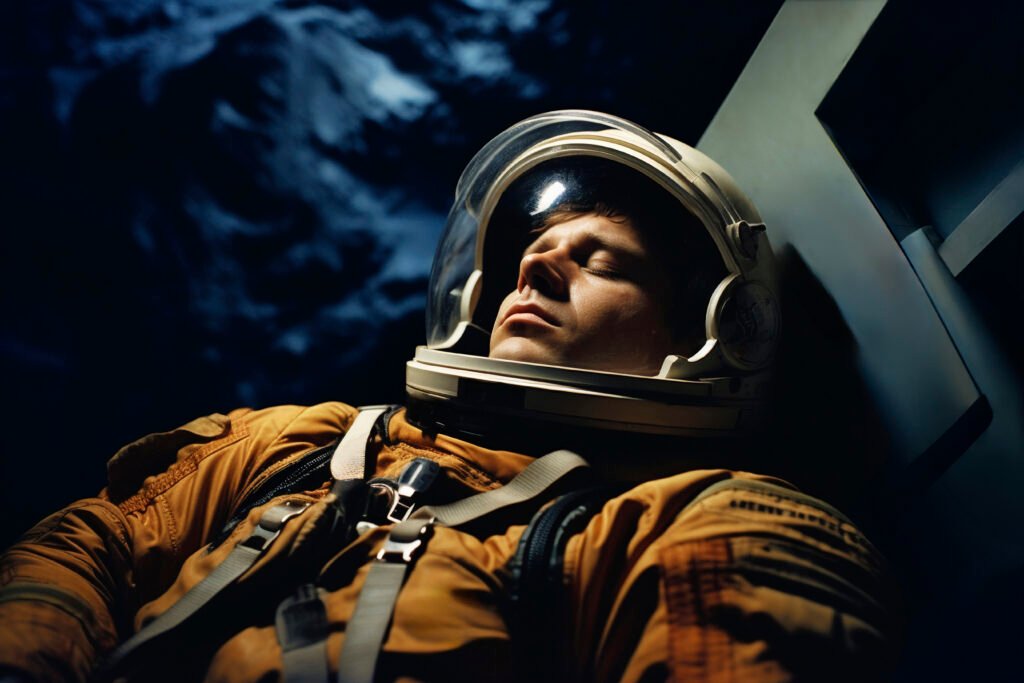
Table of Contents
1. What are Zero-Gravity Flights?
Zero-gravity flights are civilian or research flights that reproduce a microgravity environment inside an aircraft by flying a series of parabolas—carefully controlled arcs where the plane climbs then descends. During the freefall portion of each parabola the occupants experience weightlessness: objects and people float relative to the aircraft cabin. Each parabola typically gives about 20–30 seconds of near-weightlessness; flights usually include a sequence of parabolas (commonly 15) to give several separate weightless windows in one session. These flights are used both for public experiences and for scientific research, training astronauts, or filming. Zero-G
2. How Parabolic Maneuvers Create Weightlessness (a simple physics breakdown)
- Pull-up: The aircraft climbs at a steep angle. Passengers experience short periods of higher-than-normal gravity (hypergravity).
- Parabola (freefall): At the top of the arc, the pilots reduce thrust so the plane and everything inside fall together along the parabola—this is the microgravity (weightlessness) phase.
- Pull-out: The plane levels off, producing another hypergravity period before the next parabola.
Because the passengers and the plane are accelerating together, objects inside float relative to the cabin. The effect lasts only while the aircraft is in the parabola (usually ~20–30 seconds per parabola). Multiple parabolas are flown back-to-back to give you repeated weightless experiences in a single flight. Zero-G
3. Who Offers Zero-Gravity Flights? Major Providers & Options
There are a few well-known operators worldwide offering flights for the public, researchers, and private groups:
- Zero Gravity Corporation (Zero-G / GoZeroG) — U.S.-based provider offering public flights on G-Force One (Boeing 727) with set public seat pricing and private charters. Zero-G
- Air Zero G / Novespace — European operator running the Airbus A310 Zero-G for discovery flights and research campaigns (works with ESA and research teams). AirZeroG
- Special mission flights & research campaigns — Space agencies (ESA, NASA, national agencies) and universities charter parabolic flights for experiments or astronaut training; pricing and access differ. European Space Agency
Each operator has different aircraft, schedules, seating counts, and policies. Public discovery flights are the easiest route for first-timers; private charters let you design a bespoke experience for groups, science payloads, or filming. Zero-G
4. Cost & Booking: How Much Do Zero-Gravity Flights Cost?
Costs vary widely by operator, location, and whether you buy a single seat, a half-plane section, or a private charter. Example public pricing (indicative; always confirm current rates on operator sites):
| Provider | Typical option | Typical price (approx.) | Notes |
|---|---|---|---|
| Zero Gravity Corporation (US) | Single seat (public flight) | ~$8,900 per person (USD) | Often includes 15 parabolas, flight suit, photos/videos, celebration. Prices subject to taxes & change. Zero-G+1 |
| Zero-G / Private charter | Half-plane / private flight | ~$116,000+ | Private section for groups. Zero-G |
| Air Zero G / Novespace (Europe) | Discovery flights | ~€7,500–€7,900 (example private/discovery rates) | Pricing depends on campaigns and VAT. AirZeroG |
| Research payload flights | Per payload cost | Varies (e.g., research payloads $10,300+) | Cost depends on weight, type, and research support. Zero-G |
Tip: Prices are volatile—book early, compare public flight dates, or look for promotional events. Group bookings can lower per-person cost; research institutions sometimes get subsidized access. Zero-G
5. Who Can Fly? Medical & Eligibility Rules
Not everyone is cleared for parabolic flights. Operators and space agencies enforce medical screening to protect participants. Typical restrictions include (examples—verify with the operator):
- Disqualifying conditions: Recent heart attack, unstable angina, uncontrolled hypertension, certain lung diseases, severe asthma, epilepsy, severe inner-ear conditions, pregnancy, severe claustrophobia. AirZeroG
- Age & fitness: Minimum ages vary (some operators accept teens accompanied by guardians), but all passengers should be physically mobile and able to follow instructions.
- Medical clearance: Many providers require a completed medical questionnaire and may require physician clearance or an in-person medical check for research participants. ESA requires medical exams for researchers participating in parabolic campaigns. European Space Agency
If you have any preexisting conditions, ask the operator about a medical form and consult your doctor before booking.
6. What to Expect on Flight Day: Timeline & Experience
Flight day is structured to maximize safety and enjoyment.
- Arrival & check-in: You’ll register, fill out/verify medical paperwork, and receive flight details.
- Briefing & training: Ground briefing covers safety, cabin etiquette, how to float safely, where to hold, and how to move during parabolas. Operators demonstrate techniques for pushing off and braking yourself in microgravity.
- Suit & equipment: Operators typically provide flight suits, non-slip shoes, and sometimes helmets. Personal items are stored. Photographers or videographers may be on board to capture your experience. Zero-G
- Flight time: After takeoff, expect several cycles of parabolas. Each parabola has three phases (transition hyper-g up, microgravity ~20–30s, hyper-g down). Most commercial discovery flights include ~15 parabolas across the flight, producing several minutes total of weightlessness. Zero-G
- After flight: A regravitation celebration, certificate, and media package are common. People often report a dizzy but elated feeling; light meals are recommended before flight to minimize nausea.
7. Motion Sickness & How to Reduce It
Parabolic flights can produce motion sickness for some people because of repeated gravity transitions. Strategies to reduce discomfort:
- Eat light and early — avoid heavy, greasy, or spicy meals within a few hours of flight.
- Hydrate — but avoid overdrinking just before boarding.
- Ginger & anti-nausea meds — ginger candies or over-the-counter medication can help; consult your doctor. Operators often advise on approved medications.
- Follow crew instructions — maintain the recommended head/neck posture and holding techniques during parabolas.
- Focus on breathing & steady movements — avoid rapid head turns and stick to planned activity zones.
- Try a practice session — some teams offer familiarization sessions or videos to reduce surprises.
Many participants experience mild nausea for the first few parabolas, then adapt.
8. Fun Things to Try During Weightlessness (and what NOT to do)
Once you get a few seconds of true weightlessness, the possibilities are playful and creative. Beginner-friendly activities:
- The classic float & spin: Push gently and let your body rotate slowly.
- Backflip or gentle somersaults: Practice on the floor before attempting to rotate mid-air.
- Object demos: Toss a ball or pen to observe true Newtonian motion—objects drift until acted on.
- Simple experiments: Pour water into bubbles (water spheres float beautifully) or watch a pen “hover”.
- Photography & slow-motion video: Capture the moment—operators often include a photographer.
- Group choreography: Coordinate simple group moves for a memorable video.
What not to do: avoid dangerous stunts, avoid grabbing structure that could cause collisions, and don’t let long hair or loose clothing get in the way of breathing or vision. Respect the crew and other passengers; the cabin can be cramped and safety comes first.
9. Research, Filmmaking & Education Uses
Zero-gravity flights are valuable for science, education, and media:
- Research: Universities and companies use parabolic flights to test hardware, study fluid dynamics, biology, or combustion in microgravity. Payloads are arranged and safety-reviewed. Zero-G
- Filmmaking & media: Artists and filmmakers have used parabolic flights to shoot sequences that require authentic weightlessness (for example, music videos and commercials). Production teams may charter flights or join scheduled campaigns. WIRED
- Education & outreach: Schools and outreach programs often travel on flights to inspire students and demonstrate physics principles.
If you’re a researcher or filmmaker, budget for payload prep, safety reviews, and extra training time.
10. Safety, Risks & Regulations
While operators carefully manage risk, zero-gravity flights carry inherent hazards (as with any flight). Safety measures include:
- Experienced crew & pilots trained in parabolic maneuvers.
- Preflight training so participants know how to float and avoid collisions.
- Safety equipment such as padded cabin areas and harnesses for hyper-g phases.
- Medical screening to reduce health-related incidents. AirZeroG
Regulatory oversight varies by country but typical aviation safety bodies monitor aircraft and operator compliance. Choosing a reputable provider with a strong safety record is crucial.
11. Booking Checklist: What to Ask Before You Buy
- How many parabolas and total weightless time are included? (Typical discovery flights ~15 parabolas.) Zero-G
- What does the price include (photos, suit, videos, celebration)? Zero-G
- What medical forms and clearances are required? AirZeroG
- What is the cancellation / refund policy?
- Are there age, mobility, or other restrictions?
- Is there an on-board photographer and media package?
- For research or filming: what are payload rules and lead times? Zero-G
12. Alternatives to Parabolic Flights
If a full parabolic flight is out of reach (price or location), consider these alternatives:
- Reduced-gravity training sessions at astronaut centers (often for trainees/researchers).
- VR experiences and immersive sims that replicate floating physics (not true weightlessness but cheaper).
- Suborbital spaceflight (e.g., New Shepard, future Blue Origin-like experiences)—much more expensive but gives real spaceflight experience (different category of experience).
- Underwater neutral buoyancy training used by astronauts to practice EVA tasks—useful for task practice but not free-floating microgravity.
13. Tips & Tricks: Maximize Your Zero-Gravity Flight Experience
- Book early — public flights have limited seats and sell out, especially near major cities or space hubs. Zero-G
- Prepare physically — be in decent health and practice core balance exercises; being flexible helps control movements.
- Wear comfortable clothing — follow operator guidance; they often supply a flight suit to wear over your clothes. Zero-G
- Plan poses & experiments — have a short list of moves or experiments to try during each parabola—15 parabolas fly by fast. Zero-G
- Bring motion-sickness remedies — but check with the provider about approved meds and timing.
- Use onboard photo/video offerings — photographers are trained to capture your best moments and are worth the package.
- Stay relaxed — sudden tensing increases risk of injury; float, breathe, and enjoy.
FAQs (5–7 common beginner questions)
Q1: How long does the weightless feeling last?
A: Each parabola produces roughly 20–30 seconds of near-weightlessness; discovery flights often include ~15 parabolas, giving multiple separate weightless windows over the flight. Zero-G
Q2: Is a zero-gravity flight safe?
A: Reputable operators maintain high safety standards (trained pilots, safety briefings, medically screened participants). There are risks—as with any flight—so medical screening and following crew instructions are essential. AirZeroG
Q3: Will I get sick?
A: Some people experience motion sickness during initial parabolas. Eating light, staying hydrated, and using anti-nausea measures (after medical advice) can reduce symptoms. Zero-G
Q4: How much does it cost?
A: Prices vary. Example: public single seats with Zero Gravity Corporation have been listed around $8,900 USD, while Air Zero G discovery flights in Europe have different pricing (e.g., in the thousands of euros). Private charters and research payloads cost more. Always check operator sites for current pricing. Zero-G
Q5: Can I bring a camera or record my own video?
A: Policies vary. Operators often have on-board photographers and offer media packages; personal cameras may be restricted or allowed only with special arrangements. Check in advance. Zero-G
Q6: Are parabolic flights the same as going to space?
A: No—parabolic flights simulate microgravity but remain within Earth’s atmosphere. The experience of weightlessness is genuine, but you don’t go to orbit or see Earth from space. Suborbital flights or orbital missions are different, far more expensive experiences.
Conclusion
Zero-gravity flights are an incredible, once-in-a-lifetime experience for adventurers, researchers, filmmakers, and anyone curious about the sensation of weightlessness. For beginners, the best path is to book a public discovery flight with an established operator, complete the medical screening, attend the briefings, and follow crew instructions. Expect 15 or so parabolas, brief moments of true weightlessness, and a mix of hypergravity and freefall sensations. With proper preparation—light meals, anti-nausea planning, and a short plan of activities—you’ll maximize your enjoyment and come away with amazing photos and memories. Whether you’re chasing a thrill, testing ideas for research, or filming creative content, zero-gravity flights are an accessible taste of astronaut life right here on Earth.

